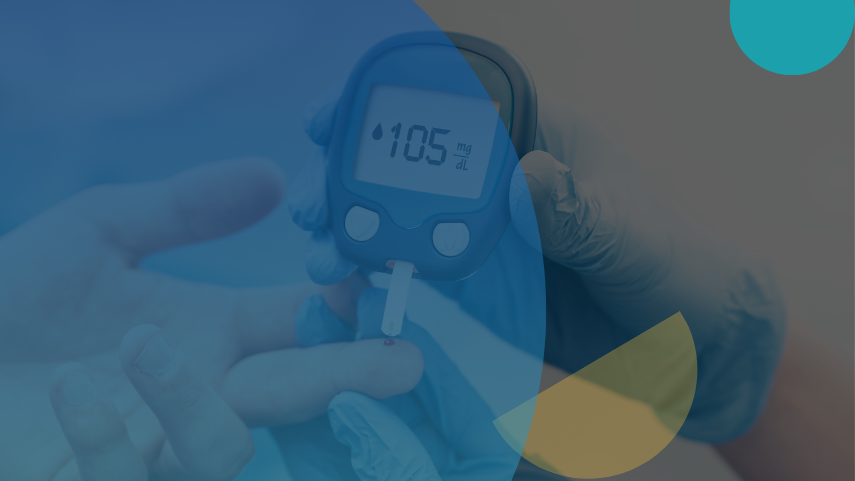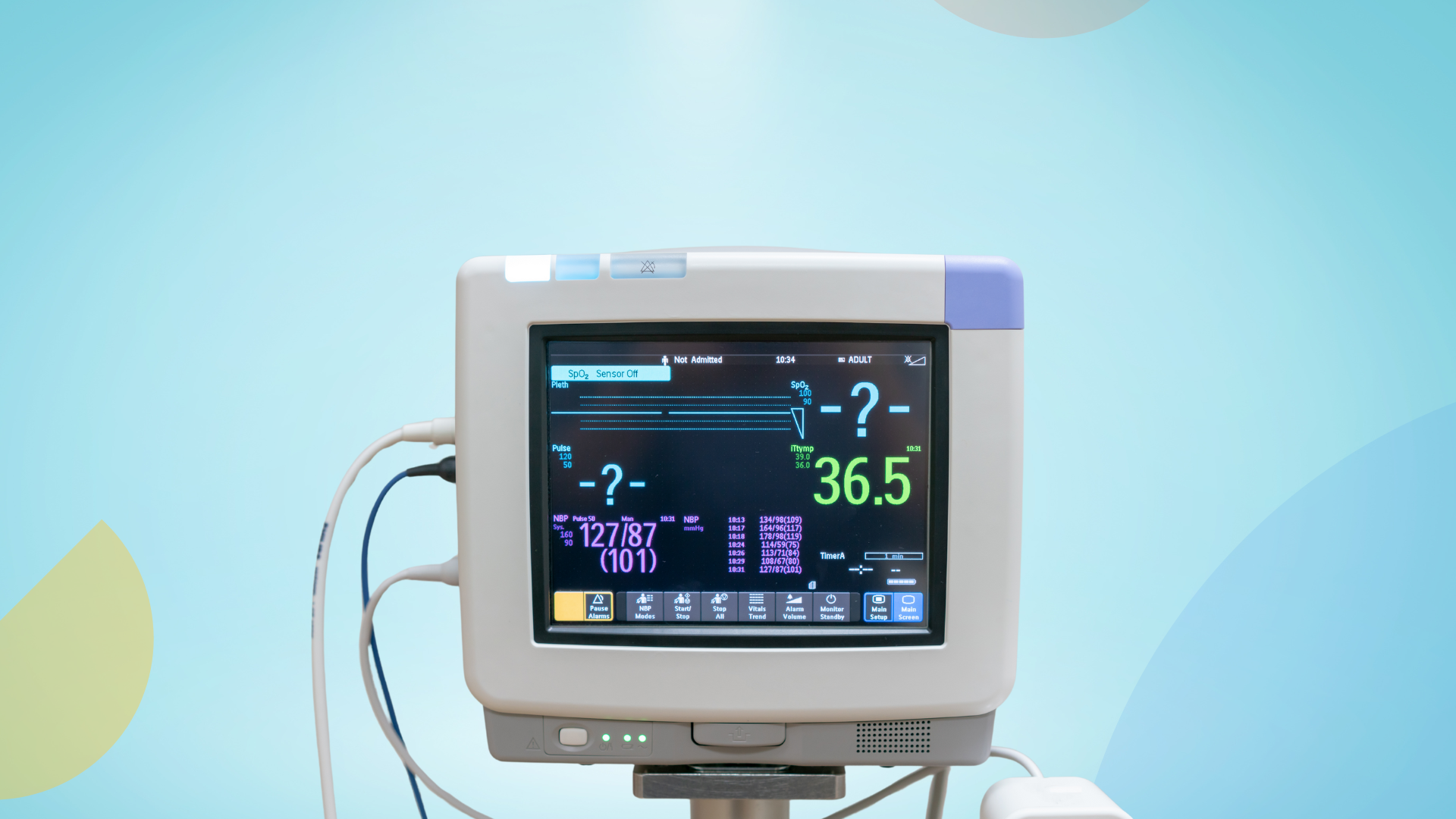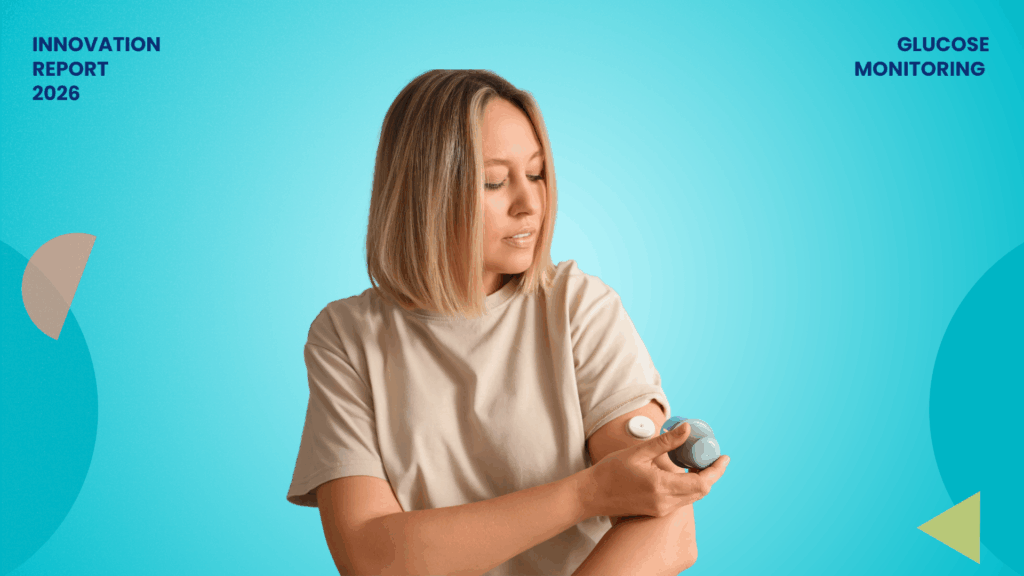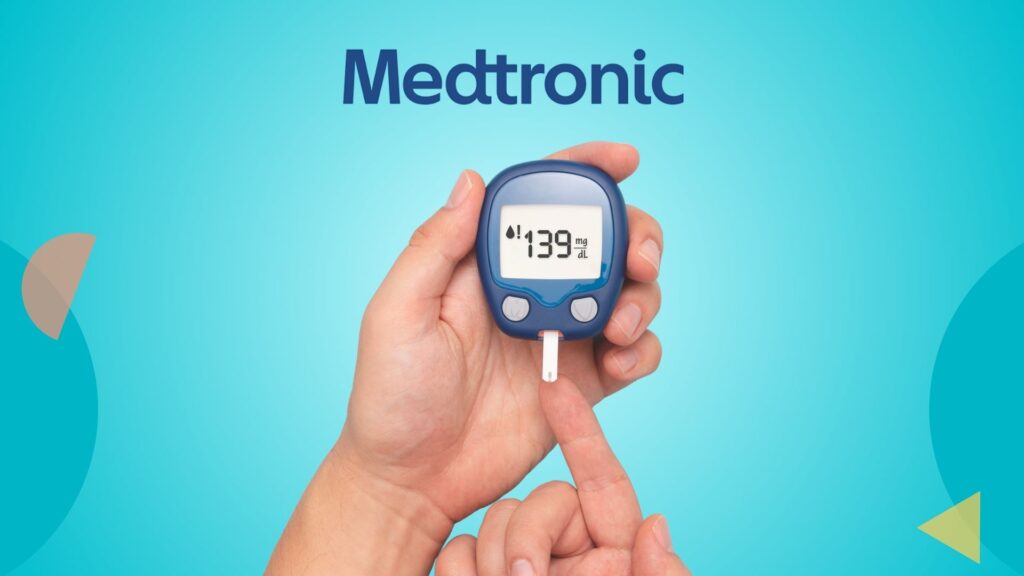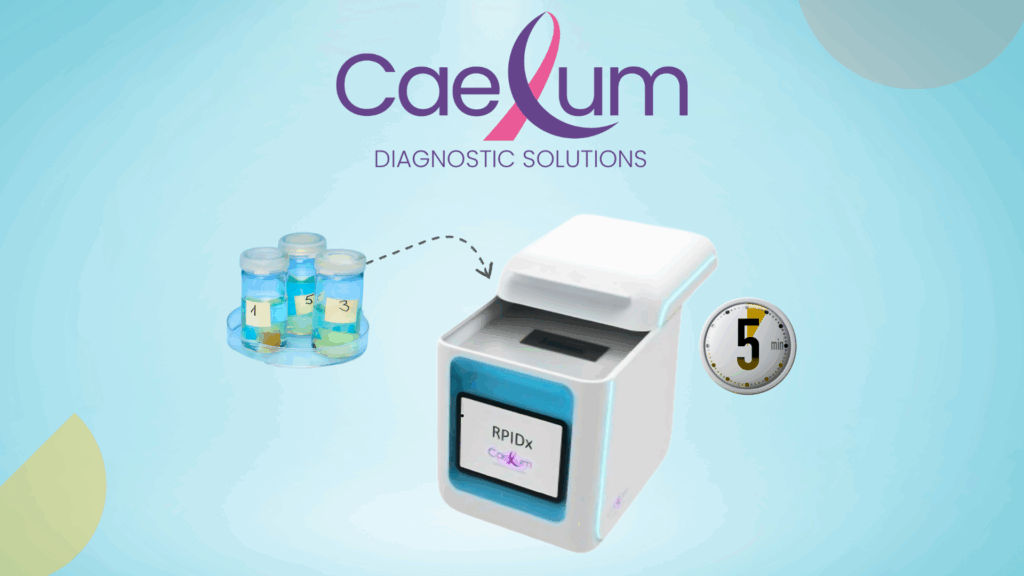“Nearly 80% of people who do not use wearable health monitoring technology would like to use it for maintaining their fitness.”
Business Insider
From fitness tracking to wearable health monitoring, consumers are increasingly adopting digital healthcare solutions.
As a result, the healthcare industry is also moving towards digitization. Monitoring patients using smart devices, such as electronic skin patches, ECG monitors, etc., to determine health parameters has become an industry norm.
A survey by mClinica states – about 96% of doctors in India also agreed that digital patient support programs could help improve patient care.
Thus, proving that the penetration of digital technology in healthcare benefits both patients and doctors.
Wearable healthcare monitoring is one of the key growth drivers of the medical industry. A lot of companies and startups are innovating in the domain.
This article highlights the innovations and collaborations in the domain and analyzes where wearable health monitoring is headed.
Other trends we’ll see in the digital healthcare sector this year include App-assisted healthcare, precision medicine, and remote treatment. Our complete report on the digital healthcare industry trends talks about the latest innovations in the domain and the entities working on it. Want to get your hands on the complete report?
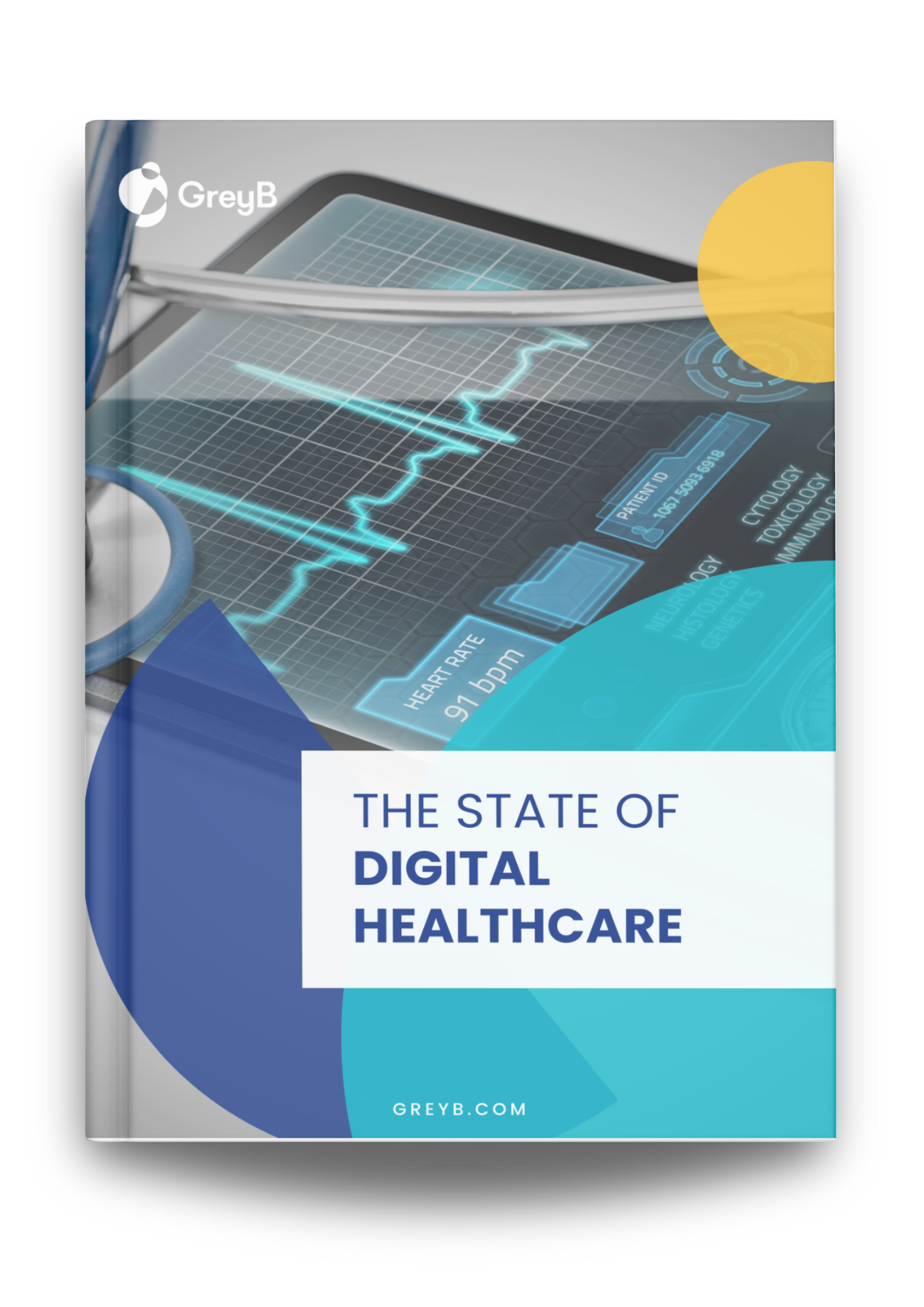
Where is Wearable Health Monitoring headed?
According to a report by Sciencesoft, nearly 440 million consumer health and wellness wearable devices (which include smartwatches and smart patches) will be shipped worldwide in 2024. Many million-dollar companies like Huawei, Samsung, and Apple are performing research in this field of technology.
Let’s look at a few notable innovations-
Samsung’s wearable gas sensor that detects air quality
Since air pollution is the leading factor for chronic health diseases and premature deaths worldwide. It has become essential to keep track of the air quality and take precautions accordingly.
That’s what Samsung’s wearable device can help you with!
The company has developed a wearable device capable of monitoring air quality information and user biometric information. These stats can determine any dangerous situation arising from poor air quality and alert the user.
It consists of a biometric sensor, a communication unit, and a processor capable of making decisions based on the collected data.
Samsung has also filed a patent application for this innovation. (US20220198903A1)
Case Studies
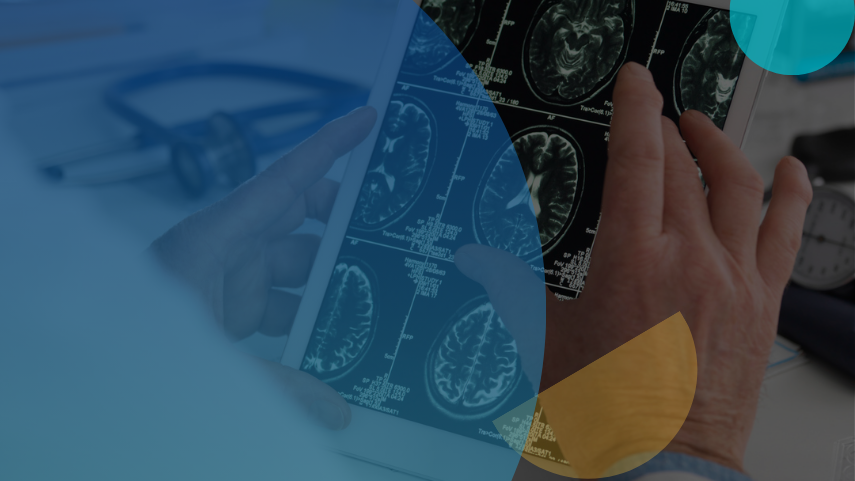

Multiple wearable tags to monitor health using iPhone
Interestingly, Apple seems quite into this technology as well. It has been developing a health monitoring device that communicates with wearable tags.
Their research is focused on integrating wearable tags that consist of different types of sensors that help determine health-related functions such as posture monitoring, sun exposure monitoring, physical therapy, running assistance, fall detection, etc.
Depending upon the position where these tags are placed, they help monitor the user’s overall health.
The data thus deduced from these tags can be used to determine the desired health-related function.
Similar to Samsung, they are also seeking patent protection for this innovation.
Related Reads
Who is working on Wearable Health Monitoring?

Significant collaborations in Wearable Health Monitoring


Itnade, a Korean IT company, collaborated with Biosense, a startup, to monitor signs of physical abnormality with pulse wave sensors. (KR20200032428A)


Pacific University Oregon partnered with Coho Technology Solutions to develop a Bluetooth-enabled system (US10902714B2) that monitors the temperature, heart rate, and respiratory rate to detect physiological problems in individuals at risk (for instance, firefighters).
Does the government plan to invest in this sector?
The answer is yes. The US government is in fact carrying out funding processes to help universities innovate.
After analyzing the patents from the last two years, we found two areas where the US government has shown interest in funding research–
- Heart rhythm behavioral monitoring
- Arterial pulse and pressure
The two major agencies that provide funds for research in the US, the National Institutes of Health (NIH) and the National Science Foundation (NSF), are actively funding research in this technology.
The NIH has supported research at the University of Michigan for arterial pulse and pressure. The study focuses on mea uring arterial pulse and heart rate through a wearable device that can be used to determine baroreflex functionality from the blood pressure data, which in turn provides an indication of hypertension in the user (US20210393188A1).
The NSF has funded research at the University of Virginia for heart rhythm behavioral monitoring. The study aims to monit heart rate to predict health status such as loneliness, depression, cancer, diabetes, productivity, etc. (US20220051798A1).

Conclusion
A medical startup, Livemetric, recently conducted a clinical trial to compare the accuracy of their blood pressure measuring device with the A-line measurement i.e., one of the most accurate ways to measure blood pressure. Although the results o this trial are yet to be published if positive, this innovation (US11000193B2) can bring a breakthrough in the field!
Furthermore, looking at the adoption trend for wearable devices in the US, we found a significant increase in the adoption rate within just one year. About 54% of US adults use digital wearables to track at least one health parameter (e.g., heart rate, body temperature) in 2020, compared to 42% in 2019.
It’ll be interesting to see which breakthrough technology will impact the industry in the future.
Fill out the form to get the latest technology trends in digital healthcare:
Authored By: Ambuj, Navjit, and Sushant, Patent Intelligence
Edited By: Ridhima, Marketing
Also read: Digitalizing The Healthcare Sector: What Should We Expect In 2024?



